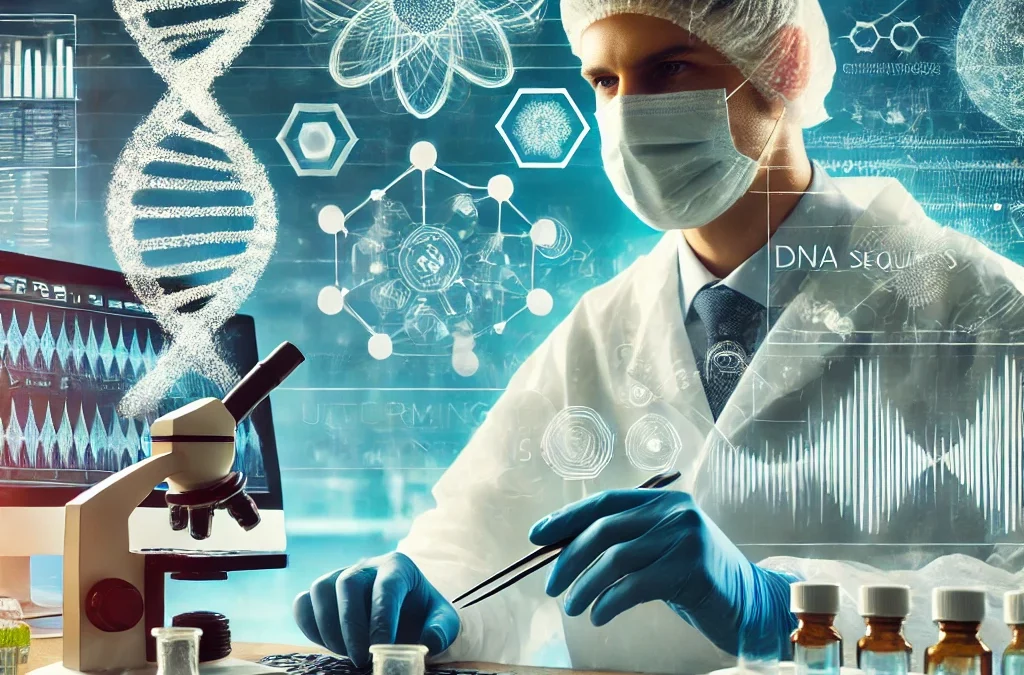Technology and Wrongful Convictions
In recent years, advancements in technology have played a crucial role in exonerating individuals who have been wrongfully convicted. From DNA evidence to forensic advances, new tools and techniques are helping to uncover the truth and free the innocent. In this post, we will explore the impact of these new technologies on the criminal justice system and the lives of those who have been wrongly imprisoned.
Background
Wrongful convictions are a grave miscarriage of justice that can have devastating consequences for the individuals involved. In many cases, these miscarriages are the result of factors such as flawed forensic evidence, unreliable witness testimony, and prosecutorial misconduct. The Innocence Project, a nonprofit organization dedicated to exonerating wrongfully convicted individuals, estimates that as many as 4% of death row inmates are innocent. Advances in technology have provided new opportunities to revisit these cases and uncover the truth.
Key Issues
One of the most powerful tools in overturning wrongful convictions is DNA evidence. DNA testing can conclusively prove innocence or guilt and has been instrumental in exonerating numerous individuals who were wrongly convicted. In addition to DNA evidence, advances in forensic science, such as new techniques for analyzing fingerprints, ballistics, and other forms of physical evidence, have also played a significant role in uncovering miscarriages of justice.
Case Studies / Examples
One notable example of technology helping to free the innocent is the case of Kirk Bloodsworth. Bloodsworth was the first American sentenced to death row to be exonerated based on DNA evidence. After spending nine years in prison, DNA testing conclusively proved his innocence and he was released in 1993. Since then, DNA evidence has been used to exonerate countless other individuals who were wrongfully convicted.
Another significant case is that of Steven Avery, who was wrongfully convicted of sexual assault and attempted murder in 1985. Avery spent 18 years in prison before DNA evidence proved his innocence, leading to his exoneration in 2003. His case brought national attention to the issues of wrongful convictions and the need for criminal justice reform.
Expert Insights
According to the Innocence Project, DNA evidence has played a role in over 370 exonerations in the United States. Barry Scheck, co-founder of the Innocence Project, has stated that “DNA has shown that the criminal justice system makes mistakes, that a lot of innocent people are in prison, and some have been sentenced to death.” These insights highlight the critical importance of technology in uncovering wrongful convictions.
Conclusion
Advancements in technology have revolutionized the fight against wrongful convictions, providing hope for those who have been unjustly imprisoned. By leveraging tools such as DNA evidence and forensic advances, we can work towards a more just and equitable criminal justice system. It is essential that we continue to advocate for reforms that prioritize the use of these technologies in reviewing and overturning wrongful convictions.
Call to Action
If you are interested in supporting the fight against wrongful convictions, consider donating to organizations such as the Innocence Project or volunteering your time to advocate for criminal justice reform. By taking action, you can help to ensure that no innocent individual is left behind bars due to a miscarriage of justice.
Additional Resources
References
Hashtags: #WrongfulConvictions #Technology #DNAAEvidence #CriminalJusticeReform #InnocenceProject

